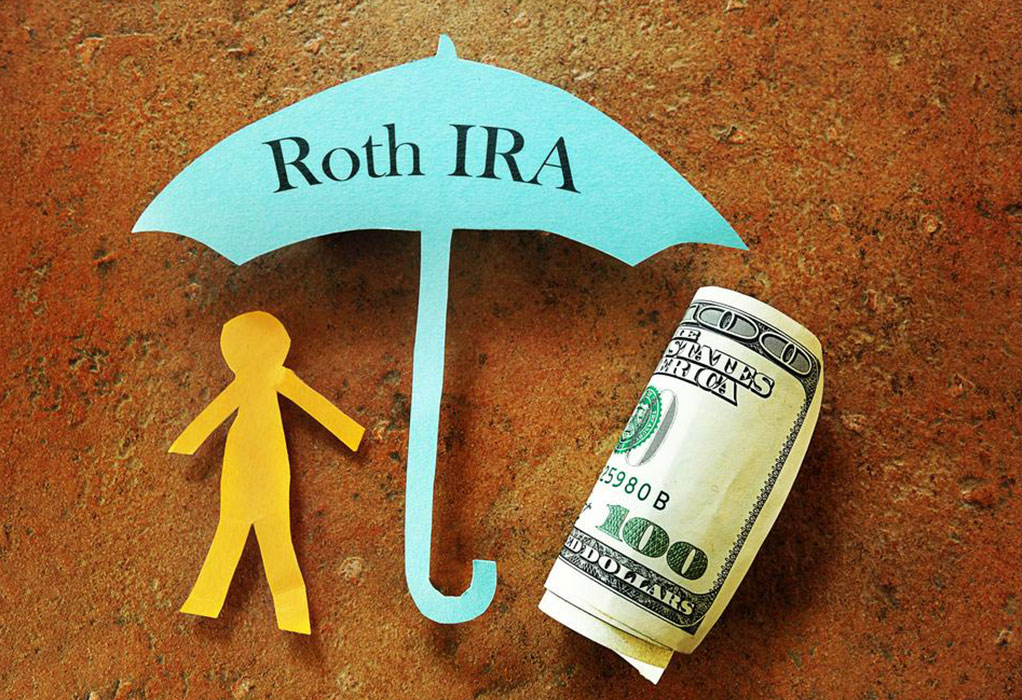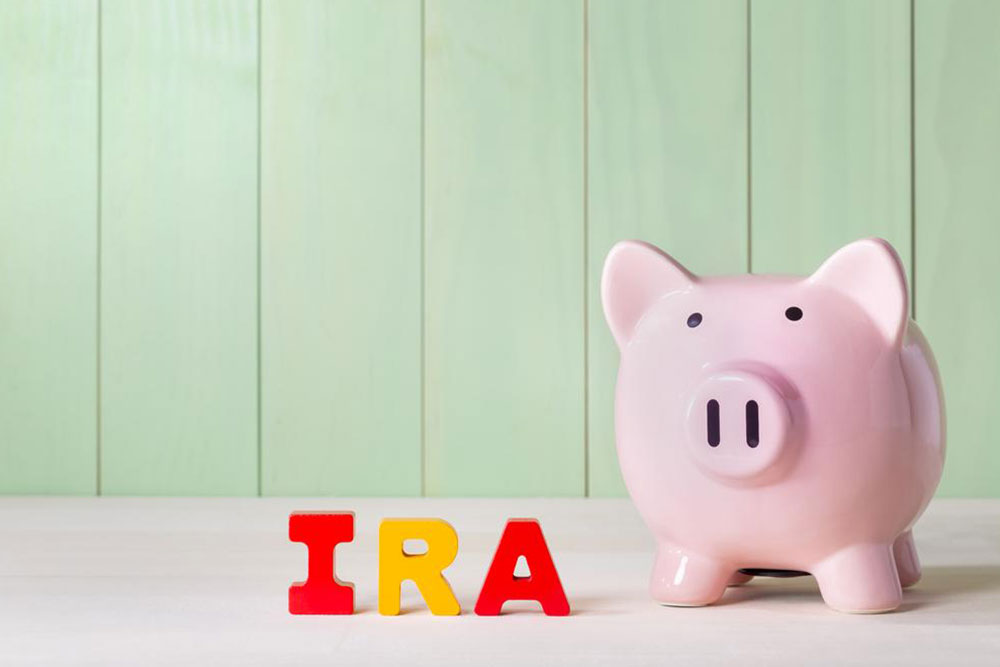Comprehensive Guide to Traditional and Roth IRAs for Retirement Planning
This comprehensive guide delves into the essential differences between traditional and Roth IRAs, helping investors make informed decisions for optimized retirement savings. Learn about tax advantages, contribution rules, and strategic planning to secure your financial future with these versatile retirement accounts.

Understanding Traditional and Roth IRAs: Essential Retirement Savings Vehicles
Planning for a financially secure retirement involves utilizing various investment tools, with Individual Retirement Accounts (IRAs) being among the most versatile and popular options available today. IRAs offer substantial tax advantages, making them attractive choices for individuals looking to maximize their savings over the long term. These accounts are designed primarily to hold investment assets such as stocks, bonds, mutual funds, and other financial instruments, providing flexibility and growth potential for retirement funds. There are several types of IRAs — including traditional IRAs, Roth IRAs, SEP IRAs, and SIMPLE IRAs — each tailored to different employment situations and financial goals.
Understanding the distinctions between traditional and Roth IRAs is crucial for crafting an effective retirement strategy. Each has unique tax benefits, contribution rules, and withdrawal requirements that can significantly impact your long-term financial health. Traditional IRAs are often favored by those seeking immediate tax deductions, while Roth IRAs appeal to individuals aiming for tax-free growth and withdrawals. By understanding the features, advantages, and limitations of each, investors can optimize their retirement savings plans for better financial security and peace of mind over their lifetime.
Traditional IRAs: Tax-Deferred Growth and Deductible Contributions
Traditional IRAs are a well-established retirement savings vehicle that allows individuals to contribute pre-tax dollars, which then grow tax-deferred until withdrawals are made during retirement. This means that the investment earnings—dividends and capital gains—are not taxed as they accrue, providing an immediate tax benefit. Contributions to traditional IRAs are generally tax-deductible, up to certain limits, which can reduce your taxable income for the year in which you contribute.
For 2023, the maximum annual contribution limit for traditional IRAs is $6,500, with an additional catch-up contribution of $1,000 allowed for individuals aged 50 and above. the contribution limit is the same regardless of income level; however, the deductibility of contributions depends on various factors, including income and whether the taxpayer or their spouse participates in an employer-sponsored retirement plan.
Once in retirement, withdrawals from traditional IRAs are taxed as ordinary income at the individual's applicable rate. This structure necessitates careful planning to ensure that withdrawals are managed efficiently to minimize tax burdens. Moreover, early withdrawals before age 59½ may incur a 10% penalty plus income taxes unless an exception applies, such as for qualified education expenses or first-time home purchases.
Roth IRAs: Tax-Free Growth and Withdrawals
The Roth IRA offers a different tax approach. Contributions to Roth IRAs are made with after-tax dollars, meaning that you pay taxes on the money before depositing it into the account. The key benefit of this structure is that both earnings and qualified withdrawals are tax-free. This feature makes Roth IRAs especially valuable for individuals who expect to be in a higher tax bracket during retirement or who wish to have predictable, tax-free income streams in their golden years.
Named after Senator William Roth, who championed the legislation establishing these accounts, Roth IRAs have specific eligibility requirements. For 2023, the contribution limit remains at $6,500 per year, with a catch-up contribution of $1,000 for those aged 50 and over. Income eligibility thresholds for contributing to a Roth IRA are set annually; single filers with modified adjusted gross income (MAGI) less than $138,000 can contribute the full amount, with phase-outs beginning at higher income levels.
One notable advantage of Roth IRAs is that they do not require minimum distributions (RMDs) during the account holder's lifetime, allowing funds to grow tax-free for as long as desired. Additionally, there are no age restrictions on making contributions, provided the individual has earned income. Roth IRAs are opened through financial institutions such as banks and brokerage firms, offering easy access to a broad range of investment options.
In terms of withdrawal rules, qualified distributions—made after age 59½ and at least five years after the first contribution—are entirely tax-free. This makes Roth IRAs an excellent vehicle for estate planning, as heirs can inherit these accounts with favorable tax treatment and flexibility.
Choosing Between Traditional and Roth IRAs
The decision to contribute to a traditional or Roth IRA hinges on individual financial circumstances, current versus expected future tax rates, and retirement goals. Those who anticipate being in a lower tax bracket during retirement may prefer traditional IRAs to benefit from the immediate deduction and lower future tax obligations. Conversely, individuals who expect to be in the same or higher tax bracket in retirement might favor Roth IRAs, as they enable tax-free growth and withdrawals.
Some investors opt to diversify their tax exposure by contributing to both types of IRAs, leveraging the advantages of each. It is also essential to consider income limits and eligibility criteria when choosing the appropriate account type. Consulting with a financial advisor can help tailor a retirement savings strategy that aligns with your long-term financial objectives, risk tolerance, and tax situation.
Conclusion: Strategic Retirement Planning with IRAs
IRAs are foundational components of a comprehensive retirement plan, offering various benefits tailored to different financial situations. Understanding the fundamental differences between traditional and Roth IRAs empowers investors to make informed choices that optimize tax advantages and investment growth. By strategically selecting and managing these accounts, individuals can secure a more stable, financially independent retirement future. As retirement approaches, careful withdrawal planning and ongoing contributions can help maximize benefits, reduce tax liabilities, and ensure that the savings accumulated serve as a reliable income source for decades to come.





